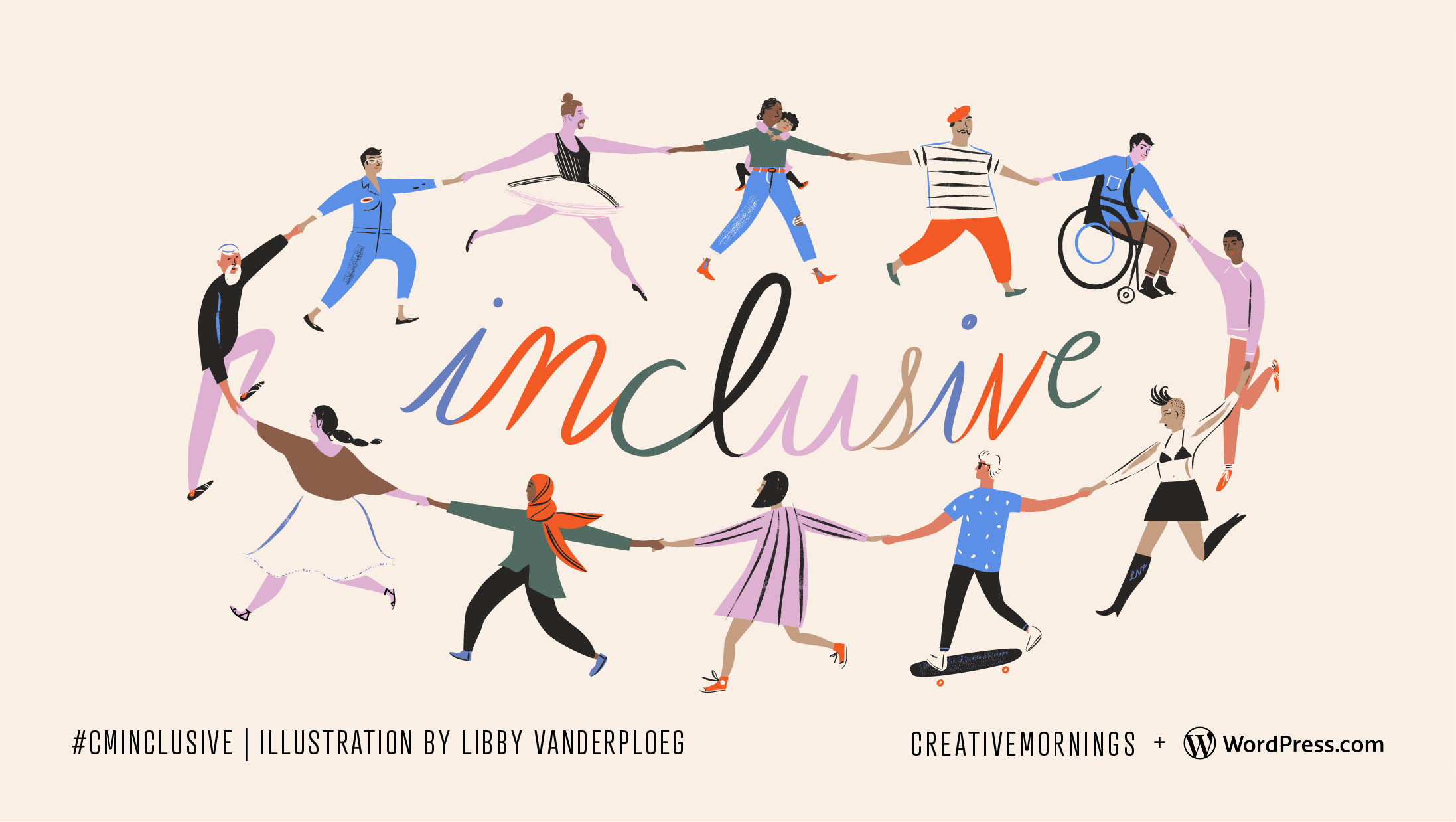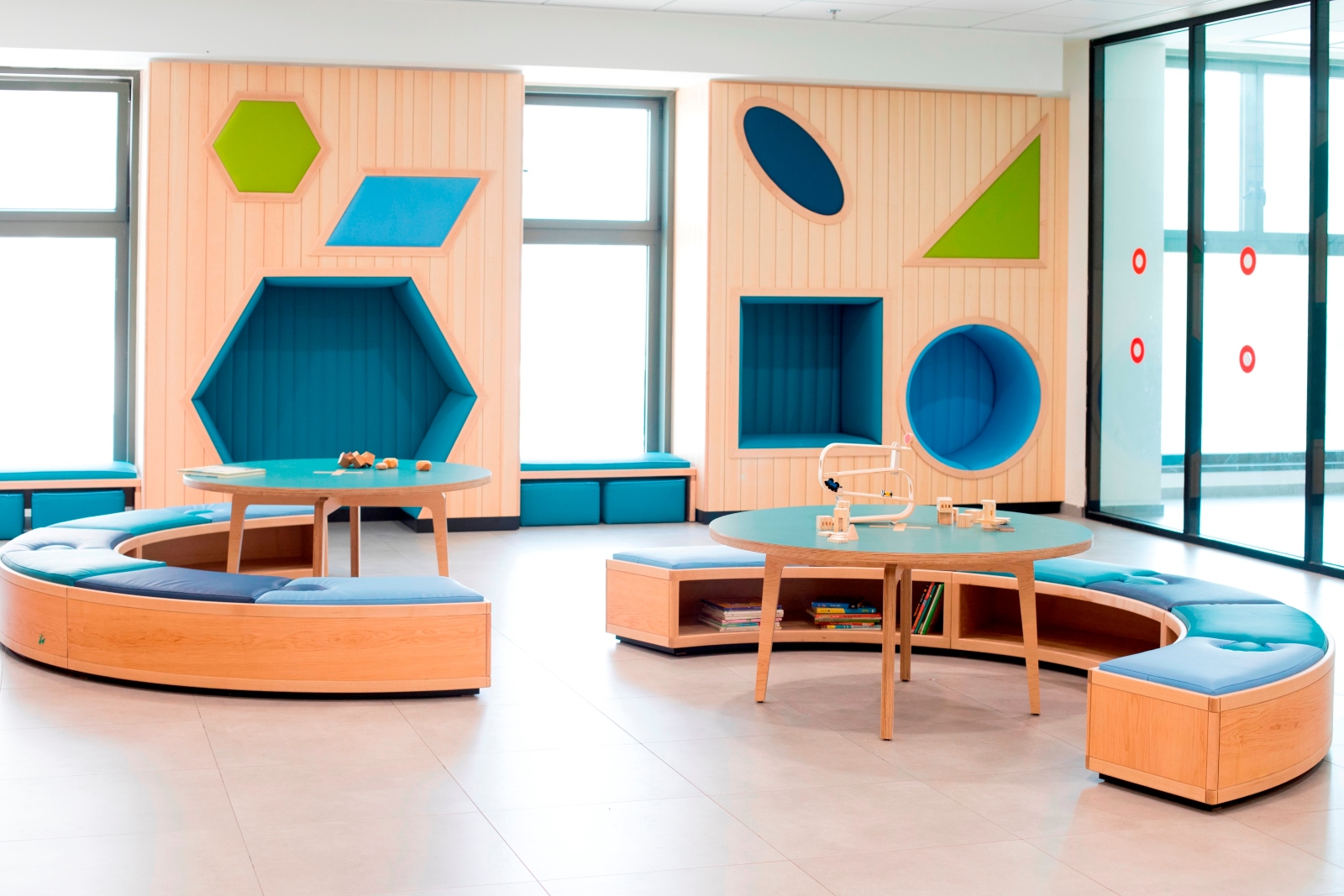The Rise of Free Child-Inclusive Spaces: A Vision for 2025
Related Articles: The Rise of Free Child-Inclusive Spaces: A Vision for 2025
Introduction
In this auspicious occasion, we are delighted to delve into the intriguing topic related to The Rise of Free Child-Inclusive Spaces: A Vision for 2025. Let’s weave interesting information and offer fresh perspectives to the readers.
Table of Content
The Rise of Free Child-Inclusive Spaces: A Vision for 2025

The year 2025 is fast approaching, and with it, a growing awareness of the importance of creating inclusive spaces for children. This shift is not merely about accommodating children, but about recognizing their inherent value and actively engaging them in society. This article explores the emerging concept of "free child-inclusive spaces" and its potential impact on communities, families, and children themselves.
Defining Free Child-Inclusive Spaces
"Free child-inclusive spaces" encompass a range of environments that are designed to be welcoming, accessible, and enriching for children of all ages and backgrounds. These spaces prioritize the well-being and development of children, offering opportunities for play, learning, social interaction, and creative expression. Key characteristics include:
- Accessibility: Physical spaces are designed to be easily navigable for children with varying abilities, including ramps, accessible restrooms, and age-appropriate furniture.
- Inclusivity: Spaces cater to diverse needs and interests, fostering a sense of belonging for children from different cultural, linguistic, and socioeconomic backgrounds.
- Engagement: Activities and resources are stimulating and engaging, encouraging exploration, curiosity, and active participation.
- Safety: Spaces are designed with safety as a paramount concern, employing age-appropriate safety measures and supervision.
- Free of Charge: These spaces are accessible to all children, regardless of their family’s financial situation, ensuring equitable access to enriching experiences.
Benefits of Free Child-Inclusive Spaces
The creation of free child-inclusive spaces offers numerous benefits, not only for children but for society as a whole:
- Child Development: These spaces provide a safe and stimulating environment for children to develop their social, emotional, cognitive, and physical skills. Play-based learning, social interaction, and exposure to diverse experiences are crucial for healthy child development.
- Community Building: Free child-inclusive spaces foster a sense of community by bringing together families, children, and caregivers from diverse backgrounds. This shared space can facilitate social connections, reduce isolation, and create a more inclusive and welcoming society.
- Economic Impact: Investment in free child-inclusive spaces can have a significant economic impact. By providing quality childcare and early learning opportunities, these spaces can contribute to a more skilled and productive workforce in the future.
- Social Equity: Free child-inclusive spaces address the inequalities faced by many families, particularly those with limited financial resources. By providing free access to enriching experiences, these spaces promote social equity and ensure that all children have the opportunity to thrive.
Examples of Free Child-Inclusive Spaces
The concept of free child-inclusive spaces is already taking shape in various forms:
- Community Centers: Many community centers offer free programs and activities for children, including after-school programs, summer camps, and playgroups.
- Libraries: Libraries are increasingly becoming hubs for children, offering story times, reading programs, and access to books and digital resources.
- Parks and Playgrounds: Public parks and playgrounds are essential for children’s physical activity, social interaction, and imaginative play.
- Museums and Cultural Institutions: Many museums and cultural institutions offer free or discounted admission for children, providing access to art, history, and science.
Challenges and Opportunities
Despite the growing recognition of the importance of free child-inclusive spaces, several challenges remain:
- Funding: Creating and maintaining these spaces requires significant financial investment, which can be challenging for municipalities and non-profit organizations.
- Accessibility: Ensuring physical accessibility for children with disabilities requires careful planning and resources.
- Diversity and Inclusion: It is crucial to create spaces that are welcoming and inclusive for all children, regardless of their background or abilities.
The Future of Free Child-Inclusive Spaces
The future of free child-inclusive spaces is bright, with growing support from governments, communities, and non-profit organizations. As awareness of the importance of these spaces continues to grow, we can expect to see more innovative and creative approaches to creating accessible, engaging, and enriching experiences for children.
FAQs
Q: What are the key benefits of free child-inclusive spaces?
A: Free child-inclusive spaces provide numerous benefits, including fostering child development, building community, promoting social equity, and contributing to economic growth.
Q: How can I support the creation of free child-inclusive spaces in my community?
A: You can support these spaces by volunteering your time, donating to organizations that provide these services, and advocating for increased funding for these initiatives.
Q: What are some examples of successful free child-inclusive spaces?
A: Successful examples include community centers, libraries, parks and playgrounds, and museums that offer free or discounted admission for children.
Tips
- Advocate for increased funding for free child-inclusive spaces.
- Volunteer your time at local organizations that provide these services.
- Support businesses and organizations that promote child-friendly environments.
- Encourage your community to prioritize the creation of free child-inclusive spaces.
Conclusion
The creation of free child-inclusive spaces is a critical step towards building a more equitable and thriving society. By investing in these spaces, we can empower children to reach their full potential and create a brighter future for all. The year 2025 presents a unique opportunity to prioritize the needs of children and create a world where all children have access to the resources and opportunities they need to thrive.








Closure
Thus, we hope this article has provided valuable insights into The Rise of Free Child-Inclusive Spaces: A Vision for 2025. We hope you find this article informative and beneficial. See you in our next article!
